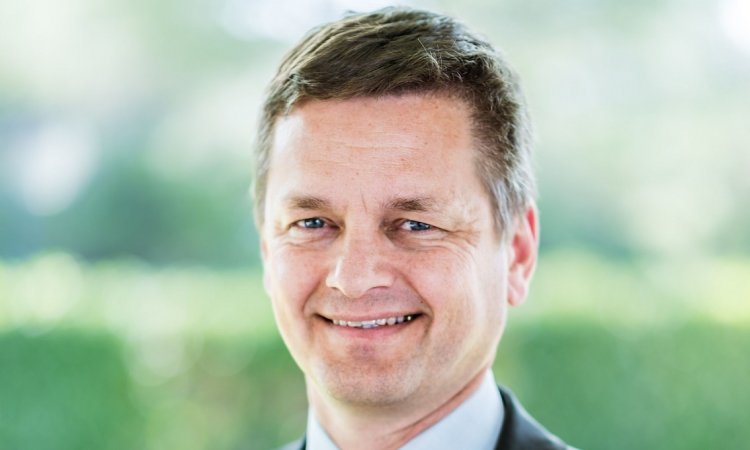News • Cardiology research
Transcatheter aortic valve replacement: new insights on life expectancy
Researchers at Karolinska Institutet have examined long-term outcomes in patients who received pacemaker implantations after transcatheter aortic valve replacement (TAVR) through their groin. The result showed no significant difference in mortality for the patients with pacemakers compared to those without.

The study is published in the journal JACC: Cardiovascular Interventions.
The use of transcatheter aortic valve replacement has increased as a treatment option for severe narrowing of the aortic valve, the heart’s primary valve for regulating blood flow to the body’s main artery. In this procedure, doctors insert a catheter from the groin through the main artery to the heart and replace the faulty aortic value with an artificial one that normalizes the blood flow. The technique is an alternative to open-chest surgery.
A potential complication of aortic valve replacement is the need for a permanent pacemaker implantation to stabilize the heart rhythm. This complication has turned out to be more common after transcatheter operations than during open-chest surgery and has in previous studies been linked to increased mortality. Despite this, there has been a lack of larger studies on the effect of pacemaker implantation after transcatheter aortic valve replacement.

Image source: Karolinska Institutet; photo: Ulf Sirborn
In this study, the researchers compared the survival rate of all patients who underwent transcatheter aortic valve replacement through groin leg incisions at Swedish hospitals between 2008 and 2018. A total of 3,420 patients were included, of whom 481 (14 percent) received a permanent pacemaker within 30 days after surgery. The patients were on average 81 years old and followed for up to 11.8 years (2.7 years on average).
The study showed that the patients who received a pacemaker did not have a significantly higher risk of death, heart failure or endocarditis (a severe heart infection) compared to those who did not need a pacemaker. “Our study contributes to understanding the impact of pacemaker implantation after transcatheter aortic valve replacement, which is becoming increasingly important as the use of this method expands to include younger and low-risk patients with a long life expectancy,” says Natalie Glaser, researcher at the Department of Molecular Medicine and Surgery at Karolinska Institutet and the study’s corresponding author.
More research is needed to determine if the findings are replicable in a wider patient population that includes younger and low-risk patients.
Source: Karolinska Institutet
05.10.2021











